Tag: sit-to-stand test
-
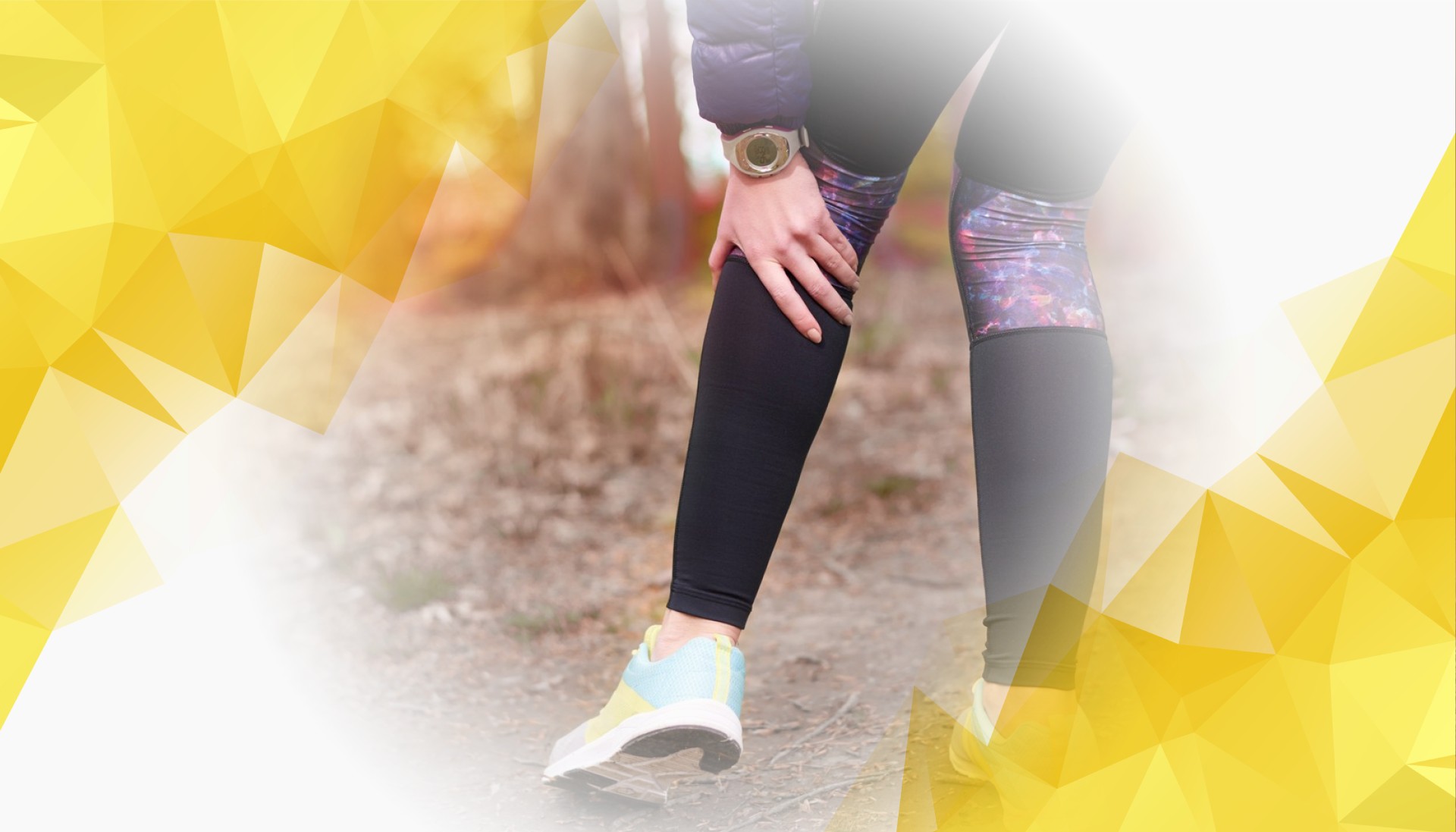
How to Perform a Validated At-Home Sit-to-Stand Self-Assessment for Knee Health Using MAI Motion on Your Phone
Keeping track of your knee health is easier than ever, thanks to advances in smartphone technology and motion analysis . More people are now using the cameras on their phones to perform simple yet effective self-assessments at home, saving both …
-
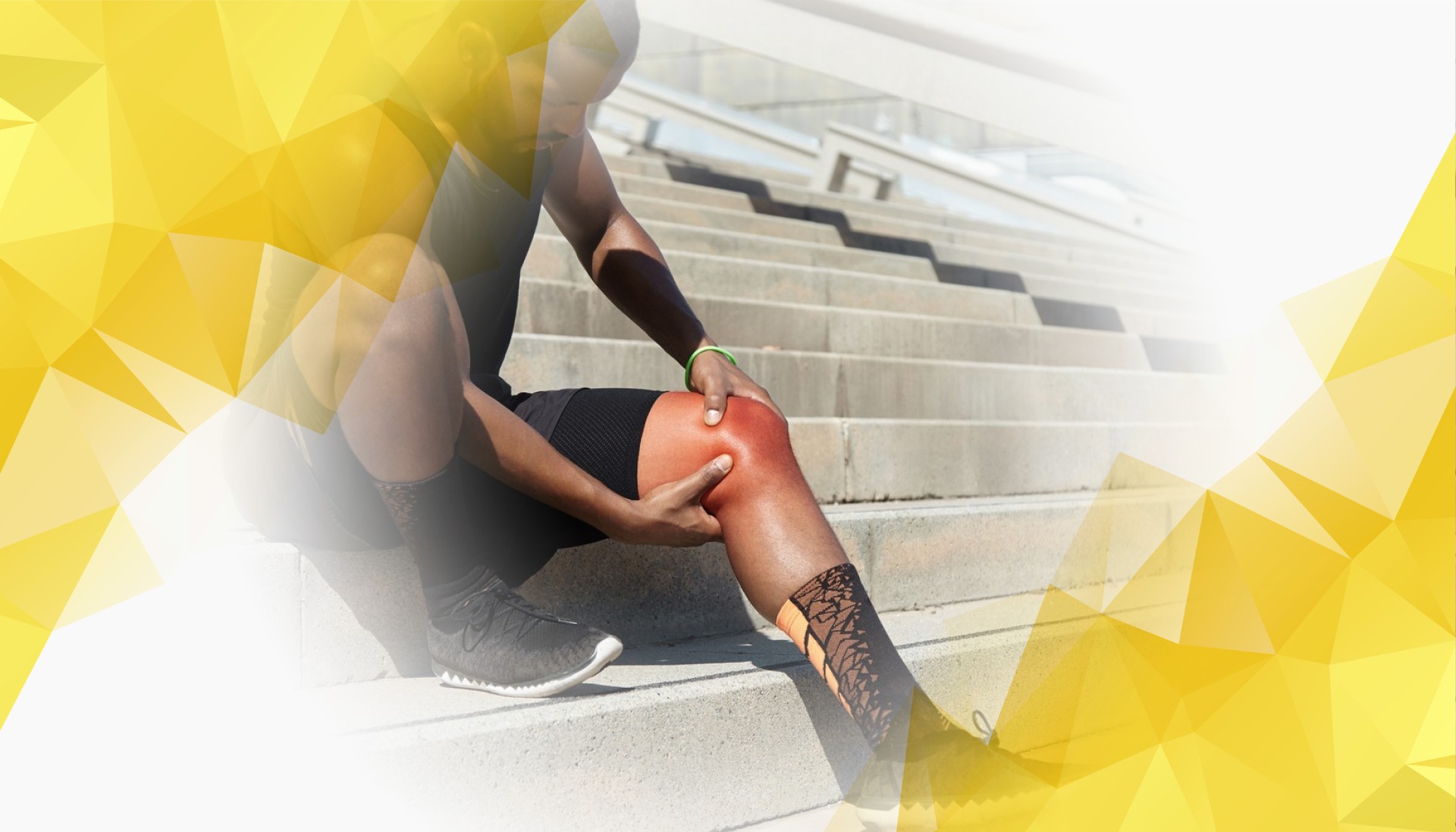
Transforming Knee Osteoarthritis Assessment: How a Simplified Sit-to-Stand Test with MAI Motion Could Make a Difference
The Growing Challenge of Knee Osteoarthritis—and the Promise of New Assessment Tools Knee osteoarthritis (OA) affects millions of people in the UK, taking a major toll on individuals and our healthcare system. Every year, over 90,000 people need total knee …
-
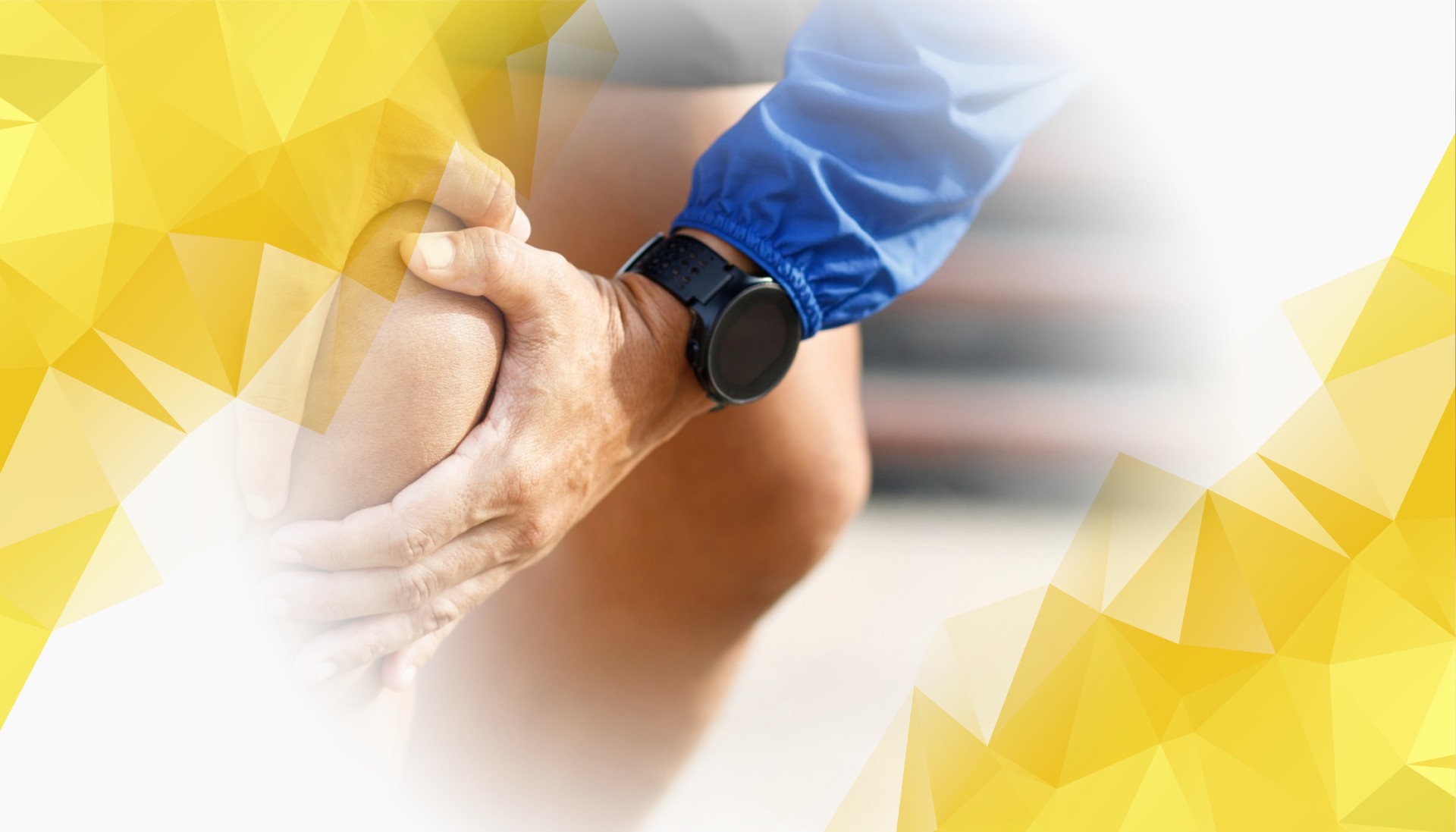
Reducing Burden, Enhancing Precision: The Case for Three-Repetition Sit-to-Stand and Squat Tests with MAI Motion in Knee Care
Simple functional tests are essential tools in knee care, helping both clinicians and patients track joint health and mobility. Now, with the arrival of MAI Motion —a cutting-edge, AI-driven, markerless motion capture technology—the process is becoming even easier and more …
-

Revolutionising Knee Osteoarthritis Assessment: How MAI Motion’s Marker-Less Digital Biomechanics is Changing the Game
Knee osteoarthritis (OA) affects millions of adults each year, leading to pain, reduced mobility, and major demands on healthcare systems across the globe. Traditionally, diagnosing and tracking OA has depended on subjective clinical assessments or expensive imaging techniques, which can …
-
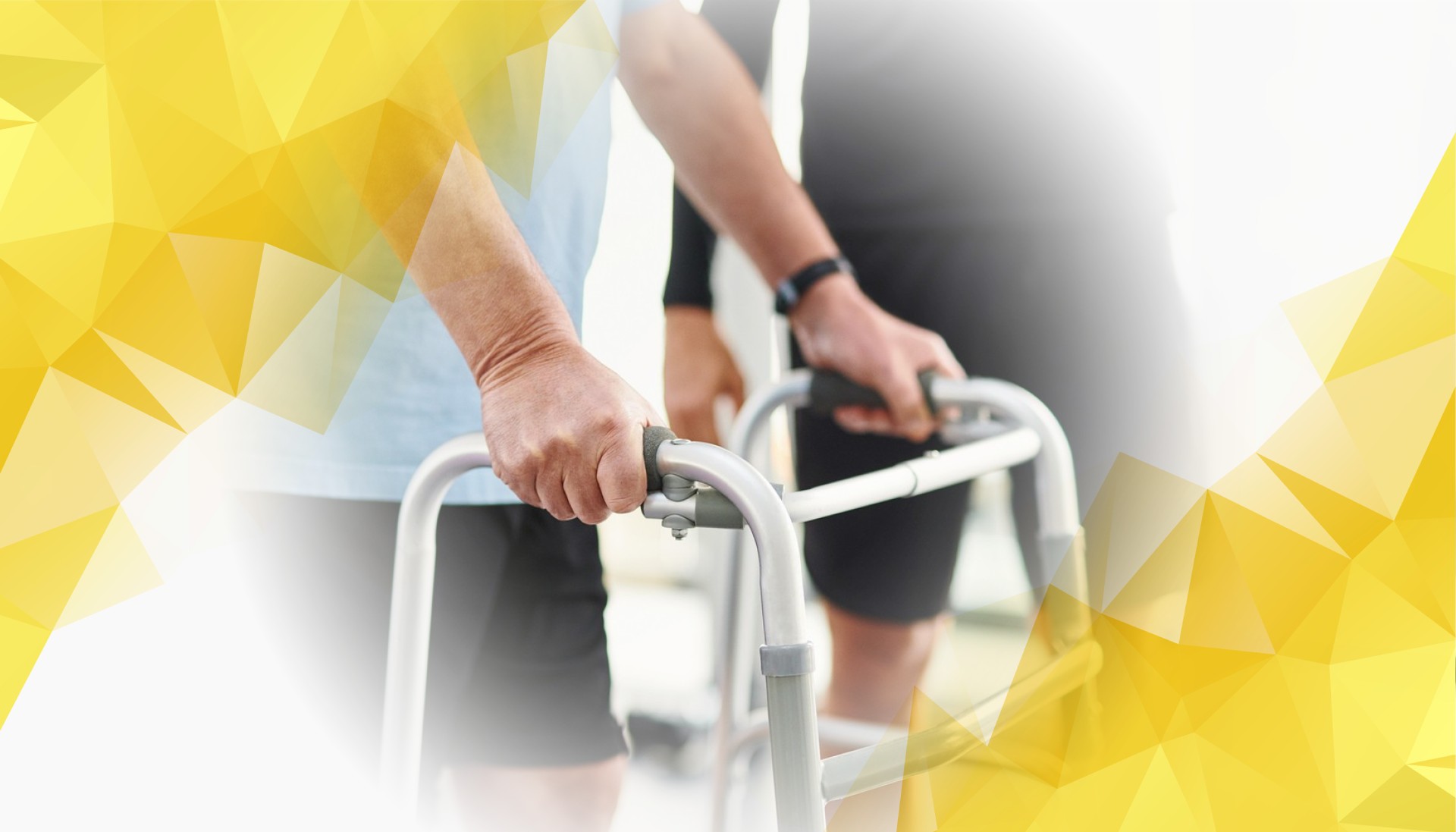
Minimising Participant Burden in Clinical Trials: How MAI Motion’s Streamlined Sit-to-Stand Test and Remote Monitoring Make a Difference
Introduction One of the biggest challenges in clinical trials today is managing participant burden —the demands placed on volunteers, including the time commitment, physical effort, discomfort, and travel to clinics. High levels of burden can lead to dropouts, incomplete data, …
-
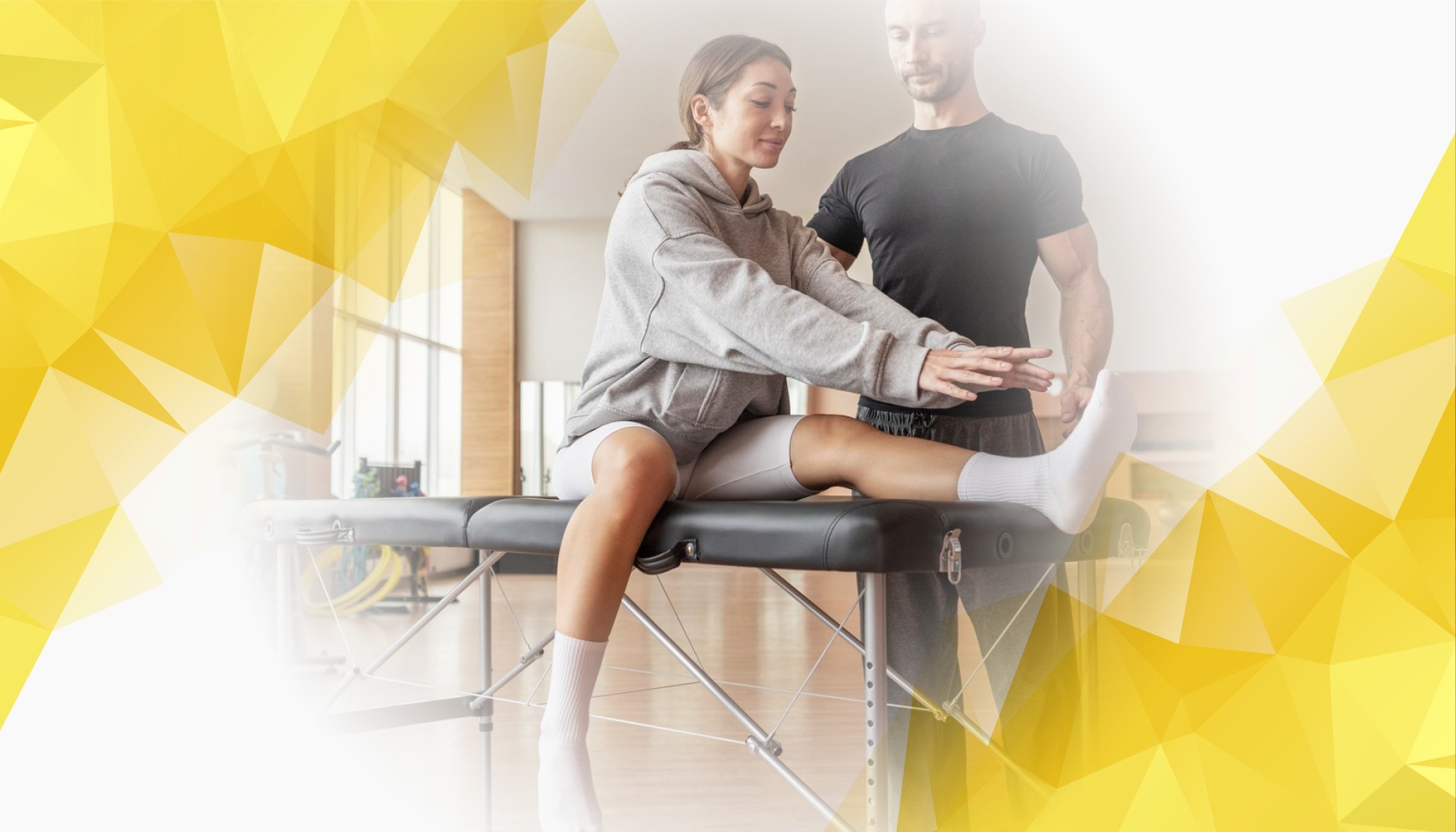
Balancing Precision and Burden: Evaluating the Three-Repetition Sit-to-Stand Test in Diverse Clinical Cohorts with MAI Motion
The sit-to-stand (STS) test is a well-established way to measure a person’s ability to transition from sitting to standing, a movement that is fundamental for mobility and balance. This assessment is particularly important for older adults and individuals with musculoskeletal …
